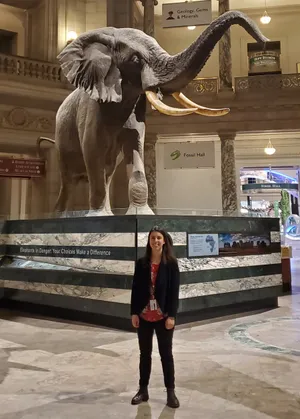NATIONAL MUSEUM OF NATURAL HISTORY
Seven Bizarre Moths to Celebrate National Moth Week
These are the coolest and most unusual moths in the Smithsonian’s collections.
/https://tf-cmsv2-smithsonianmag-media.s3.amazonaws.com/blogging/featured/Collage_of_seven_different_preserved_moths.jpg)
Moths often don’t get the love they deserve, but they’re fascinating and important creatures. Not only do they serve as food for many animals, including bats and birds, but they also pollinate plants. Moths are incredibly diverse — some have striking colors, while others are more subdued. Some have caterpillars that feed on leaves, while others feed on animal feces. In honor of our winged friends, here are some of the coolest and most unusual moths in the Smithsonian’s collections.
Bella moth
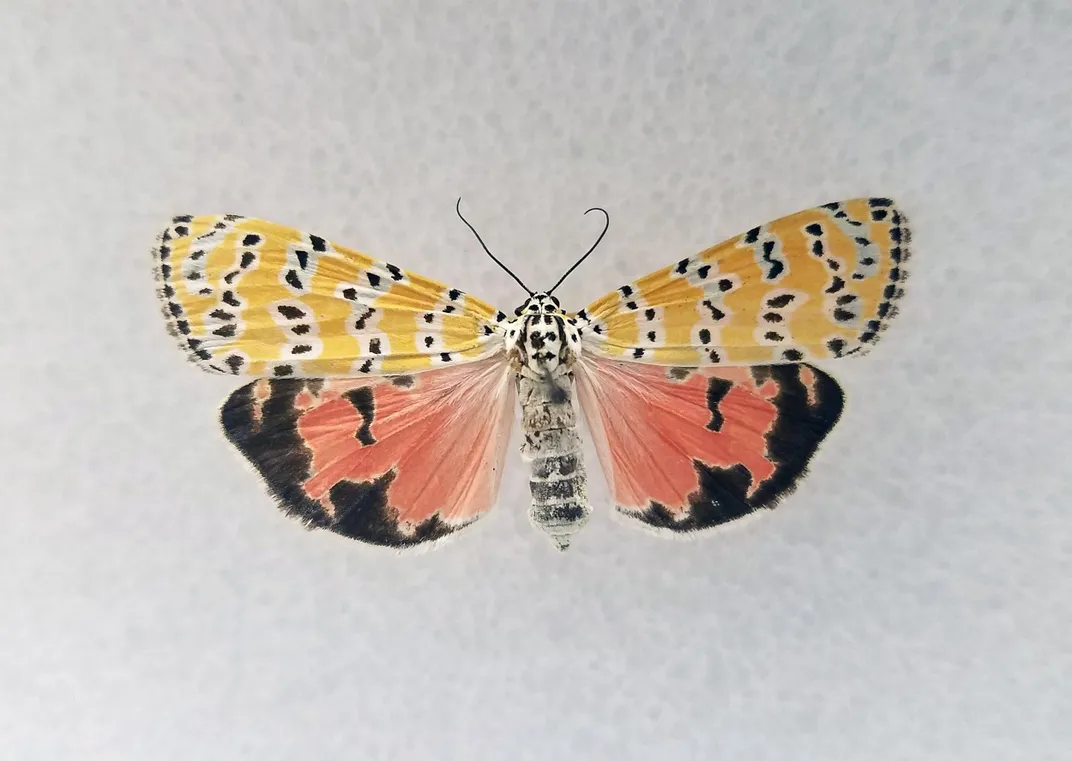
The bella moth’s bright colors serve as a warning to predators: DON’T EAT. The caterpillars feed on host plants in the genus Crotalaria, sometimes called rattlebox or rattlepod, which contain a large amount of an alkaloid toxin. This is then concentrated in the caterpillars, making them distasteful to most predators. The toxins are in such high demand that the caterpillars have been known to cannibalize eggs, larvae or pupae of the same species to supplement their own toxin supply. These moths are active during the day, so you might be able to spot them if you live in North or South America.
Sloth moth
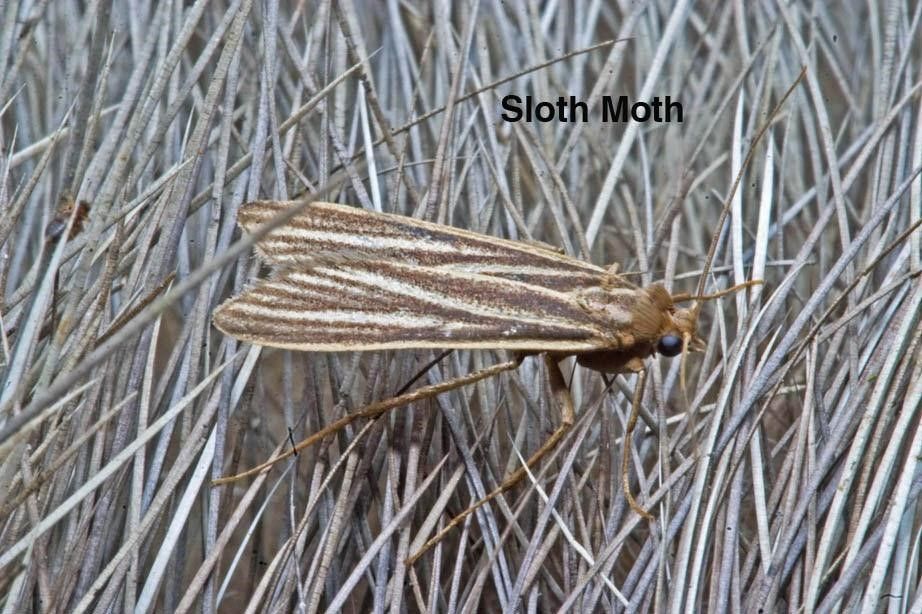
The Cryptoses choloepi is one of several species of moth that live exclusively in the fur of sloths. When a sloth descends to the forest floor to defecate, adult female moths fly off it and lay their eggs in its dung. The larvae feed on the poop and upon becoming adults, return to the canopy to find a new sloth home.
Scientists think this relationship benefits the sloth too. Moths increase the amount of nitrogen found in the sloth’s fur, which helps algae grow on it. The sloths eat the algae and also use it for camouflage. Scientists have found up to 120 moths living on just one sloth.
Luna moth
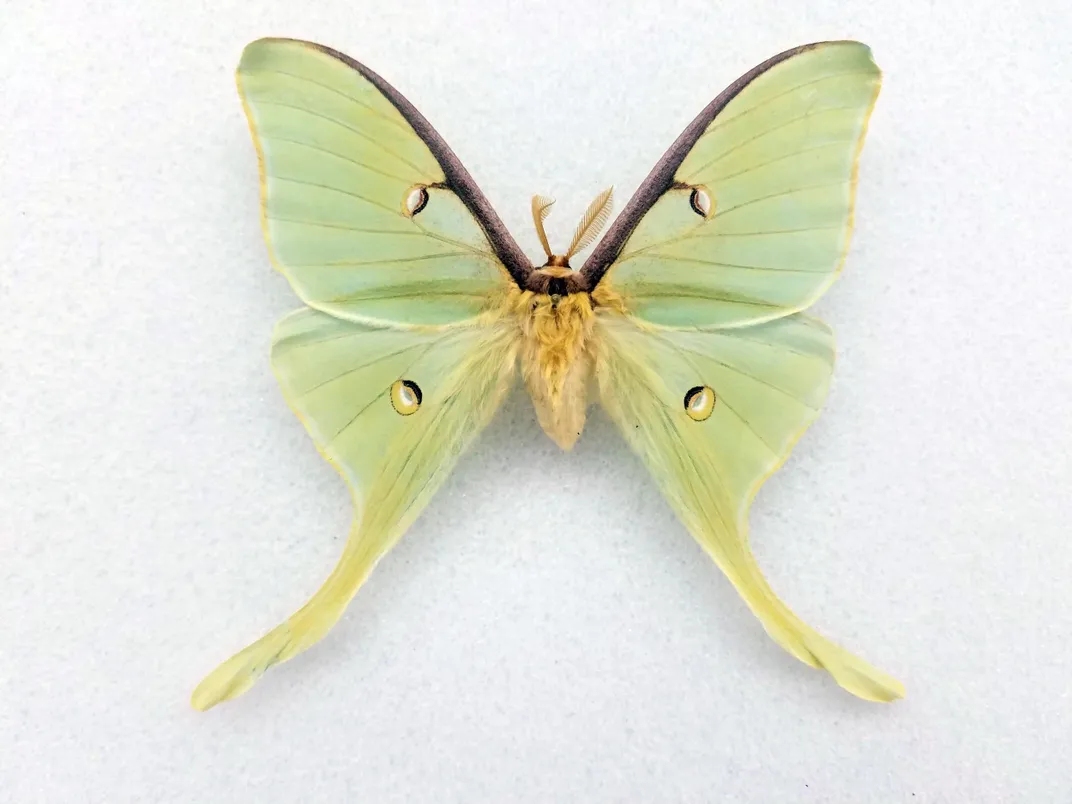
With long hindwing tails, a bright green color, fuzzy white bodies and comb-like antennae, luna moths look like something straight out of a fairytale. But their hindwings are more than just beautiful — they also help keep the moths safe by confusing the echolocation of hunting bats. Luna moth caterpillars have their own method of defense too. They make a clicking noise and vomit to deter predators. Adult luna moths live for only about a week, and they don’t eat at all! Their mouthparts are nonfunctional, so they live only long enough to reproduce. These moths are found only in North America.
Vampire moth
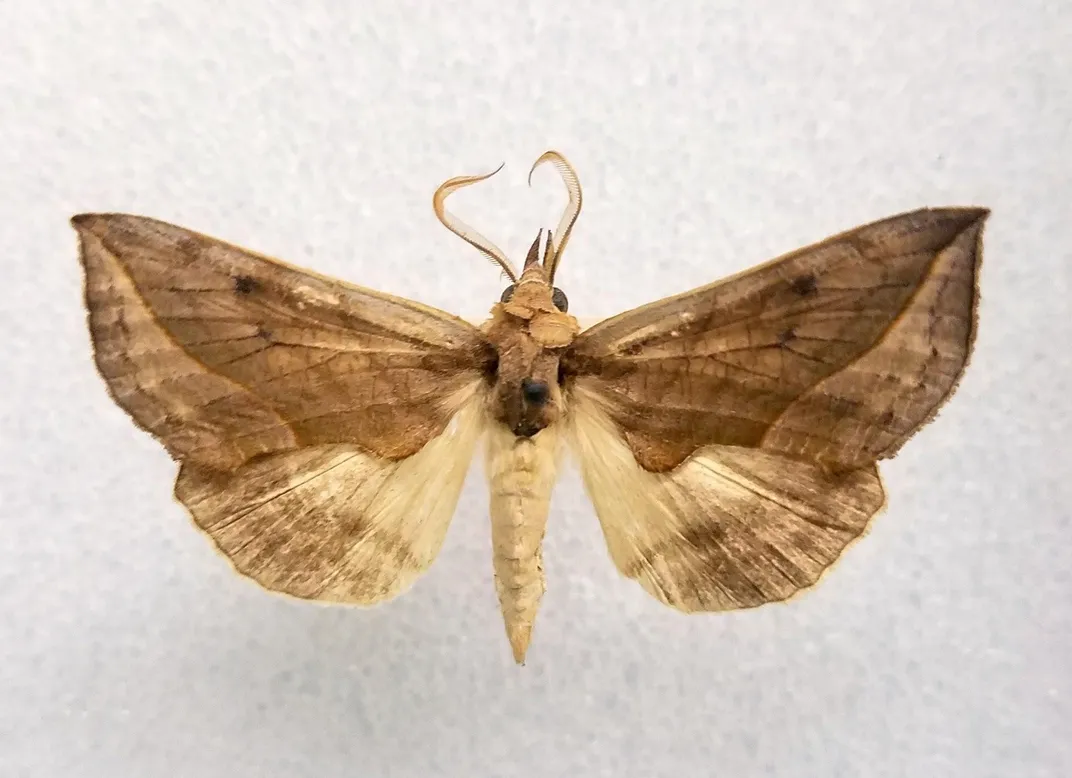
Of all the bizarre moths, the Calyptra thalictri might be the most nightmare-inducing. These moths feed on fruit, but the males can use their tongues to pierce skin and suck blood from vertebrates. This gives them sodium to pass on to females during mating and gives their offspring a nutritional boost. These moths are native to Europe and Asia.
Hemiceratoides hieroglyphica
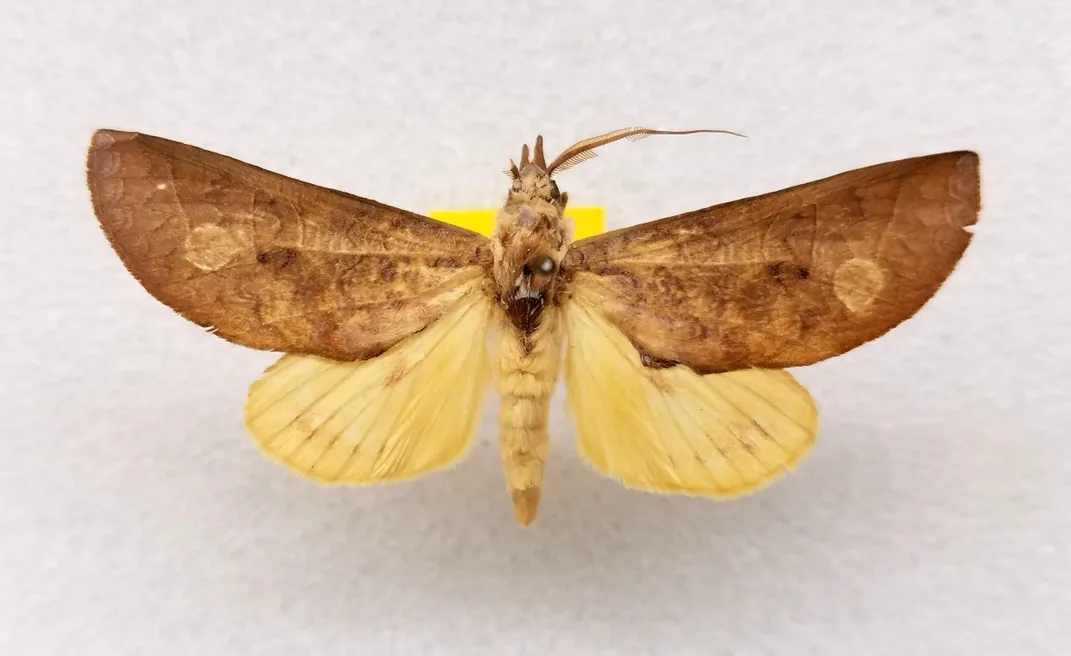
The vampire moth isn’t the only moth species that sucks fluids from other animals. The Hemiceratoides hieroglyphica, native to Madagascar, has been observed inserting its barbed proboscis into the eyelids of sleeping birds and drinking their tears. Presumably, they do this to get nutrients like sodium that are lacking in their normal diet. There’s no indication that this disturbs the birds — they remain asleep as the moths drink.
Morgan’s sphinx moth
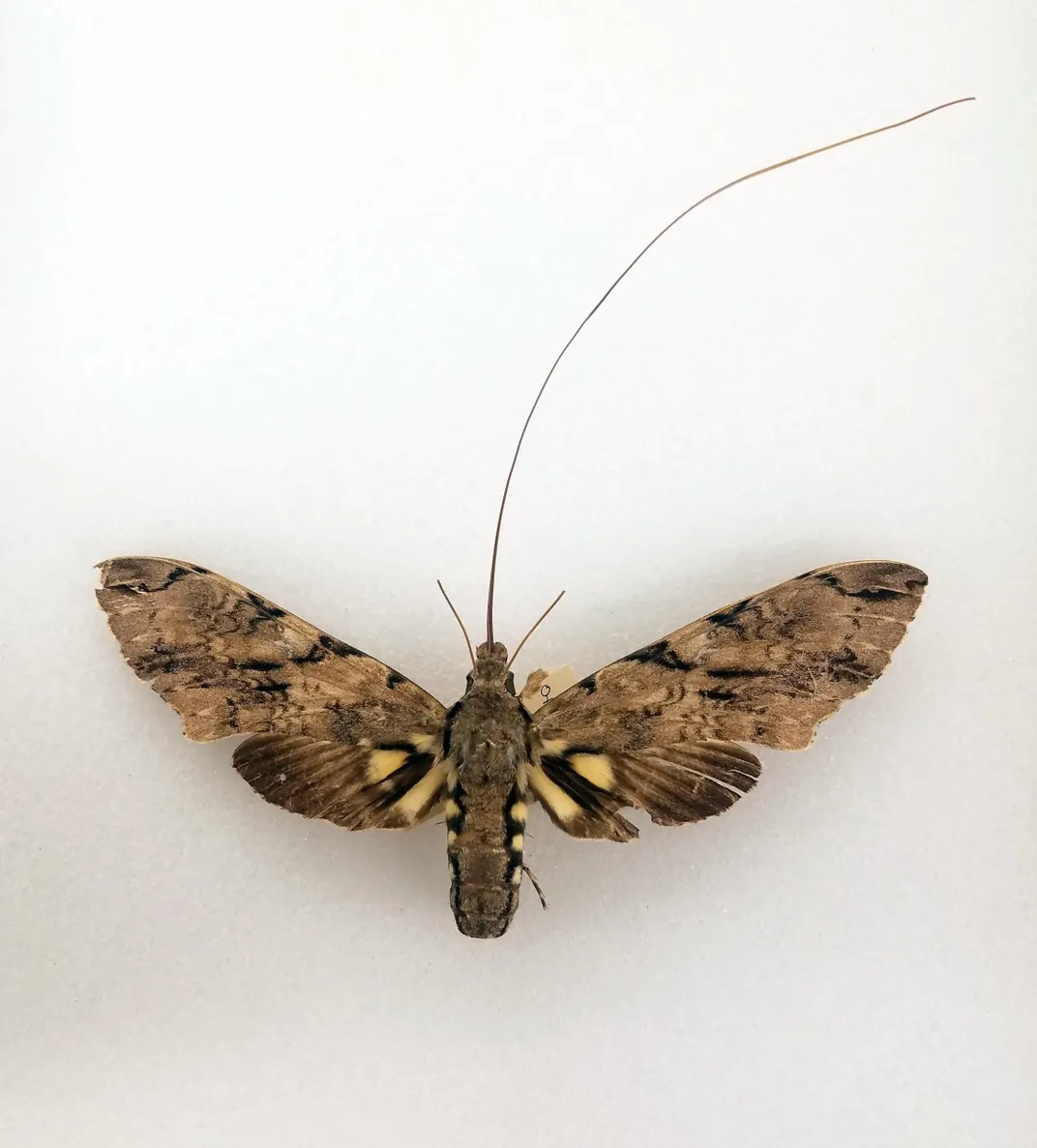
The Morgan’s sphinx moth uses its extremely long proboscis to get nectar from the similarly long spur of the orchid Angraecum sesquipedale. Charles Darwin received a package of these orchids from Madagascar when he was studying insect pollination and predicted that there must be a moth on the island with a long enough proboscis to pollinate them. Naturalist Alfred Russell Wallace agreed and further suggested that the pollinator would be a sphinx moth. Almost 40 years later, scientists identified specimens of X. morgani in Madagascar, confirming both predictions.
Death’s-head hawkmoth
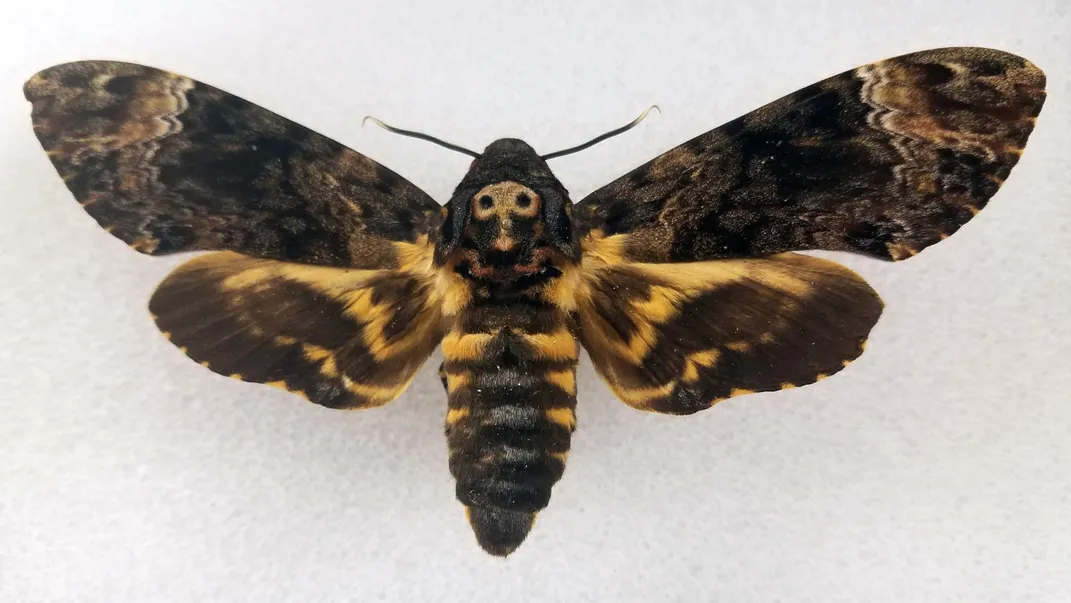
You might already be familiar with the death’s-head hawkmoth, thanks to “Silence of the Lambs.” This was the moth that Buffalo Bill used as his calling card. It eventually helped Clarice identify him after she saw one flying around his house. The moth has a distinct skull-shaped pattern on its thorax that helped it gain notoriety.
But the infamous pattern isn't the only unusual trait about them. These moths use chemical camouflage to mimic the scent of bees and enter hives undetected. They use their sturdy mouthparts to pierce the wax cells and eat honey. They also produce a unique squeaking noise as a defense mechanism. These moths live in Africa and Europe.
Related Articles:
Why Hawk Moths are the Underdogs of the Pollinator World
Notorious Asian Giant Hornet Finds Home in Smithsonian
Say Hello to the Scientist Caring for Smithsonian's 35 Million Entomology Specimens
How Tiny Wasps Became Agricultural Defenders
Can Scientists Stop One of the World's Deadliest Mosquitoes?

